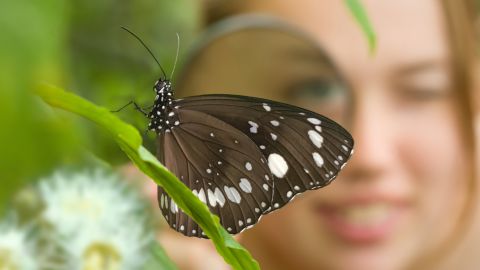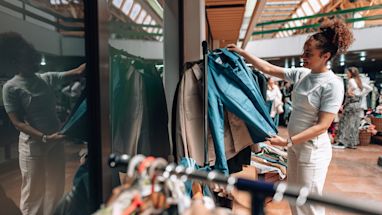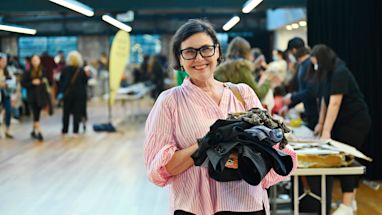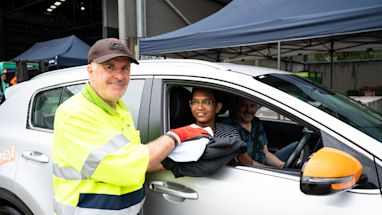It’s easy to get involved in eco conservation in the inner city. Citizen science projects help capture important data on plants and animals and develop scientific literacy.
Science isn’t just the domain of professional scientists. It contains systems in which we engage every single day without noticing and so play a role in shaping. Our unique biodiversity is under a lot of pressure from habitat destruction, overexploitation and climate change. This challenges everyone to better understand our ecosystems and do what we can to protect them.

Bioblitz
To support biodiversity in the inner city, the City of Sydney takes part in events like Bioblitz. Bioblitz brings together the local community to capture information about plants and animals in one location at a particular time. While the event doesn’t complete biological surveys, it generates important species lists.
These lists have helped discover new species, identify rare ones and locate known ones in unusual places. Bioblitz lists form useful records that can help research and inform conservation practice and policy, local planning and land management.

Citizen science at Sydney Park
A Bioblitz held at the city’s most biodiverse park, Sydney Park, identified 130 species in the park and at an adjacent vacant block in less than 24 hours. The most common species were the noisy miner, the magpie-lark and the common bushtail possum.
Scientists accompanied small groups by day and in the evening. They looked for frogs, insects and nocturnal wildlife including microbats. Participants also surveyed nest-boxes, birds, fungi and reptiles.
They were lucky to observe the rare eastern bentwing-bat. It’s a vulnerable species seen in Sydney during autumn and winter, so it was quite a special observation.

Unfortunately, Bioblitz only spotted 3 frogs. Previously, 5 different varieties of frogs have been found in Sydney Park. The decline was likely the case because the season in which frogs actively call was nearing its end. Frogs are less active during the cooler nights, but you can still hear them now and again.
Hearing less frogs might also be an indication that there are other pressures such as predators, poor water quality and habitat loss. It’s something we’ll need to keep an eye on, to ensure we understand how we can maintain a good quality habitat.
Support biodiversity in the inner city
Conservation starts at home and in your neighbourhood. You can create animal-friendly habitats in your backyard or balcony, join a buschare group or volunteer for Sydney City Farm. Or take part in other citizen science projects.
The Great Southern Bioblitz takes place from Friday 28 to Monday 31 October.
Published 6 June 2018, updated 27 October 2022



